Fat Loss
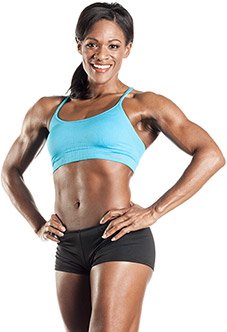
Before we get started, the first thing I'm going to tell you is this: Don't go on a diet. Period. Why? Because most diets are not based on sound nutritional principles. Instead, read this article to learn more about the basic principles of weight loss, along with some great nutrition tips and workouts you can do in the gym!
Losing weight comes down to one very basic idea: Take in fewer calories than your body uses. So let's start by figuring out how many calories your body burns on a typical day.
HOW MANY CALORIES DO YOU NEED?
We're all different, so the number of calories we need every day differs, too. How much energy you burn depends on your age, your size and weight, and your activity level. This total amount you burn is known as your total daily energy expenditure (TDEE). You can get a good idea of your TDEE by using this calculator.
To use the calculator, provide your statistics, then select "fat loss" as your goal. Pick an activity level that matches how active you really are. If you say you're more active than you are, the calculator will give you more calories per day. If you consume all of them, you'll gain weight. Only by being honest about your activity level can you start to lose weight.
Once you know how many calories you need, you can figure out what kinds of foods you should eat to get those calories. We can help you quickly figure out those numbers, then get you started on meal plans that'll help you lose body fat—and exercises to help you stay strong!
WHAT ARE YOUR "MACROS"?
The most successful weight-loss programs are the ones that combine a good meal plan with the right kind and amount of exercise. But meal planning can be intimidating at first. Some people grow up eating nothing but junk food and never learn about nutrition.
Foods haven't always had nutrition panels on their labels, so many people didn't have an opportunity to learn how to compare the macronutrients (macros) in the food they buy. It wasn't that long ago that people never though in terms of protein, carbs, or fats. It was just "food." We've come a long way since then.
Food consists of three macronutrients:
The human body is made mostly of water. After that comes protein. You need protein every day to perform thousands of functions in the body. Your body works by breaking the protein down into different combinations of amino acids, the "building blocks" of protein.
Carbohydrates are the preferred form of fuel for your body's energy needs. Simple or sugary carbs have their place when you need fast energy, but for the most part you should eat complex or slow-burning carbs (we'll give you examples of these later). The thing about carbs, though, is that after you consume all the carbs your body needs for immediate energy, any excess carbs will be stored as body fat.
Body fat has a number of purposes, too. Our bodies store energy in fat tissue, which also keeps us insulated from high and low temperatures, and protects our vital organs. But there are good and bad types of body fat. Most of us eat way too much fat—especially saturated fat and trans fat. We need fats, we just need more of the right ones.
Use this macronutrient calculator to find out how much of each you need. Choose fat loss as your goal and an appropriate activity level.
Your carb intake can be a little higher on days when you know you're going to be physically active. On days when you do cardio exercises like running or biking, you'll lose fat faster if you work out on an empty stomach.
Protein shakes are a good way to get macronutrients after you've been working out. When possible, though, get your macros from whole foods.
THERE'S FOOD, THEN THERE'S THE RIGHT FOOD!
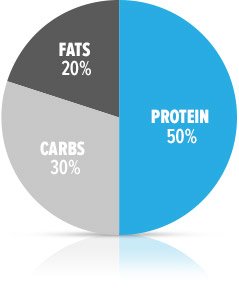
PROTEIN
Good protein comes in many forms:
- Lean red meat
- Chicken (no skin)
- Turkey
- Fish
- Low-fat dairy
This is just the beginning of the list of good proteins. Don't be afraid to eat whole eggs, since most of the nutrients are in the yolk. Avoid processed meats, meats high in fat, and full-fat dairy.
CARBS
The glycemic index (GI) is a measure of a food's ability to elevate blood sugar. In general, the lower the number, the better the carb choice. The best carbohydrate choices—the ones that are low on the GI scale—include:
- Sweet potatoes
- Yams
- Beans
- Corn
- Brown rice
- Oatmeal
- Whole-grain products
- Veggies (these are fibrous carbs)
- Strawberries
- Bananas
- Pears
- Grapefruit
- Apples
Carbs to avoid include:
- Cookies
- Cakes
- Pastries
- Candy
- White flour
- High sugar foods
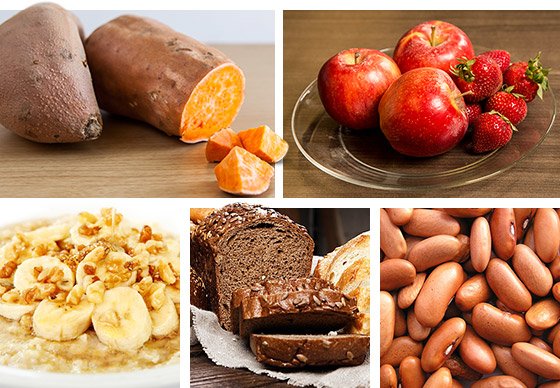
FATS
As with carbs, some people think that the way to lose weight is to cut out every scrap of fat in their diet. But you need fats to give your body the nutrients it needs—and to make yourself feel full so you won't feel so hungry between meals. Some good fats include:
- Cold-water fish
- Low-fat cheeses
- Sunflower seeds
- Walnuts
- Almonds
- Peanut butter
- Olive oil
- Canola oil
- Safflower oil (eat these in moderation)
Fats to avoid include:
- High-fat meats
- High-fat dairy
- High-fat salad dressings
- Deep-fried foods
- Butter
PLANNING YOUR DAILY MEALS
By now, you know how many calories you can consume every day and still lose weight. You know how those calories should be divided up between protein, carbs, and fats. And you have some ideas about where to find the best sources for all these macros.
What's next is putting together meals that give your body what it needs to enable you to get the best of both worlds—losing body fat without losing muscle mass. Here's a sample of a fat-burning diet that will help you lose weight faster.
Note: This meal plan is just an example. To create a fat-burning diet that fits your situation, adjust the portion sizes based on your calculator values for daily calories and macros.
FAT LOSS MEAL PLAN EXAMPLE
BREAKFAST

OATMEAL 1/2 CUP (FLAVORED WITH CINNAMON)

APPLE 1

WHOLE EGGS 3

WATER
Note: Breakfast is a critical meal if you want to burn more body fat, so don't blow it off.
MID-MORNING SNACK

PROTEIN BAR 1 (LOW FAT/SUGAR/HIGH PROTEIN)
LUNCH

CHICKEN 6 OZ

BROWN RICE 1/3 CUP

MIXED VEGETABLES

WATER
MID-AFTERNOON SNACK

YOGURT 1/2 CUP

PROTEIN SHAKE 1
DINNER

LEAN STEAK 6 OZ

SWEET POTATO 1

STEAMED CARROTS

WATER
SNACK

PROTEIN PUDDING 1/2 CUP
MEAL PLANNING BASICS
High-fiber carbs are a good choice because they can help you lose body fat while improving your digestion and cholesterol numbers.
You can look for low-fat, low-sugar "dessert" type foods, including those that use stevia. And to keep a plan like this from becoming too bland, use seasonings. They add very few calories to your meal.
The key here is to not go above your daily calorie allotment. Having said that, it is common to "zigzag" calorie totals. If you have a daily calorie allotment of 2,200, you can consume 1,800 one day, 2,400 the next, 1,950 the day after—as long as you're averaging 2,200 over the course of the week.
As for cheat days or meals, I personally would rather have a healthy eating plan I can stick with than to go nuts one day a week and eat like a pig. Not to mention that once you cheat it's hard to return to a strict diet the next day.
You can find some delicious protein shake recipes at Bodybuilding.com. But don't forget that these are not magical drinks—they contain calories, too. Make sure you count your shakes as part of your daily calories and macro goals.
EXERCISE GUIDELINES: WEIGHT TRAINING AND CARDIO
One way you can lose weight fast is by keeping your metabolism high. You can keep it high by doing cardio, and by doing strength exercises that help you build more muscle mass. Muscles consume a lot of energy, so you want to take steps to build more of them.
The great news is that the more you increase your metabolism, the more fat your body will burn, not only when you exercise, but afterward, too! You burn body fat when you work out, and you keep on burning it at a higher rate than normal for hours afterward.
A mixture of both strength training and cardio can help with weight loss. Here's a list of the most common strength-building exercises, followed by a short explanation of how to approach cardio.
ROUTINE 1: 3-DAY SPLIT
DAY 1: CHEST/BACK, ABS, CARDIO OPTIONAL
1
BARBELL BENCH PRESS - MEDIUM GRIP
3 warm-up sets with a light weight for 15, 12, 10 easy reps
2
BARBELL BENCH PRESS - MEDIUM GRIP
3 working sets of 8-10 reps
3
DUMBBELL FLYES
3 sets, 10 reps
4
BARBELL DEADLIFT
3 warm-up sets with light weight for 15, 12 10 reps
5
BARBELL DEADLIFT
2 working sets of 6-8 reps
6
BENT OVER BARBELL ROW
3 working sets of 8-10 reps
7
WIDE-GRIP LAT PULLDOWN
3 working sets of 8-10 reps
8
CRUNCHES
3 sets of 35 reps
DAY 2: CARDIO
DAY 3: LEGS, ABS
1
BARBELL SQUAT
3 warm-up sets of 15, 12, 10 reps
2
BARBELL SQUAT
3 working sets of 6-8 reps
3
LEG EXTENSIONS
3 working sets of 10-12 reps
4
SEATED LEG CURL
3 working sets of 10-12 reps
5
CRUNCHES
3 sets of 35 reps
DAY 4: DELTS, ARMS, ABS, CARDIO OPTIONAL
1
CLEAN AND JERK
3 warm-up sets of 10 reps
2
CLEAN AND JERK
3 working sets of 8 reps
3
SIDE LATERAL RAISE
3 sets of 10-12 reps (side and rear done as a superset)
4
STANDING OVERHEAD BARBELL TRICEPS EXTENSION
3 sets of 8 reps
5
REVERSE GRIP TRICEPS PUSHDOWN
3 sets of 10 reps
6
EZ-BAR CURL
4 sets of 10 reps
7
INCLINE DUMBBELL CURL
2 sets of 8 reps
8
OBLIQUE CRUNCHES
4 sets of 25 reps
DAY 5: CARDIO
DAY 6: CARDIO
DAY 7: REST
DAILY WORKOUT VARIATION
- Day 1: Chest/Back/Abs, Cardio optional
- Day 2: Cardio
- Day 3: Legs/Abs
- Day 4: Cardio
- Day 5: Delts/Arms/Abs, Cardio optional
- Day 6: Cardio
- Day 7: Rest
CARDIO EXERCISE: A GREAT FAT BURNER
Depending on your metabolism and how much body fat you want to lose, you can add cardio to your strength-training days, with weights first and cardio after. Cardio session should be 20-30 minute long. Do cardio at least 3 times a week, more if you want to accelerate your ability to burn body fat.
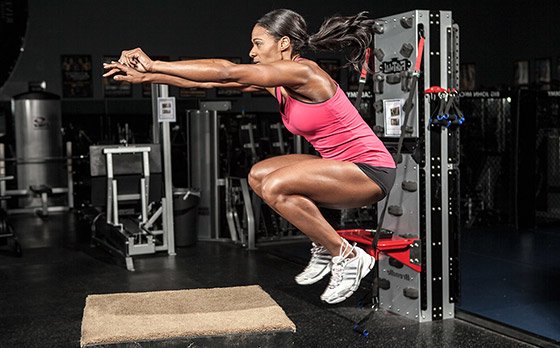
You can do cardio on non-training days whenever you have time, but it's best to do it in the morning on an empty stomach. If that's not possible, do it later after dinner. By doing cardio done in the morning before you eat or after you've lifted but before a big meal, you can more body fat and less carbs.
Interval training is a high-intensity method of doing cardio that can allow you to do more in less time. Start by warming up at the cardio exercise of your choice by using a moderate pace for about 2 minutes. Then speed up to a high level for about 1 minute, back off to a slow pace for 1 minute, then repeat.
Allow a 2-3 minute cool down by moving at a slow pace at the end of your cardio workout. Interval training take a lot of stamina. Work your way into it over time. Start with 5-10 minutes and work your way up until you can handle longer sessions of 20-30 minutes
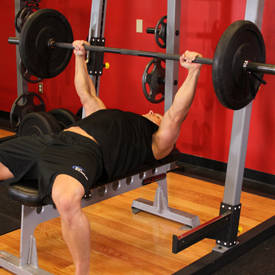
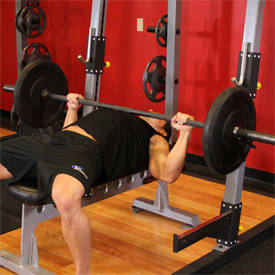
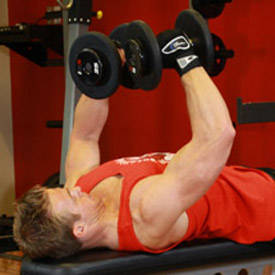

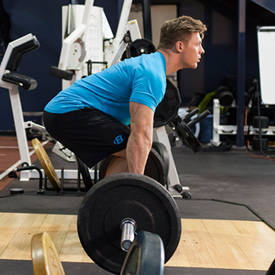
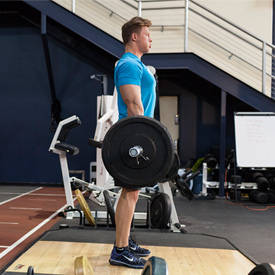
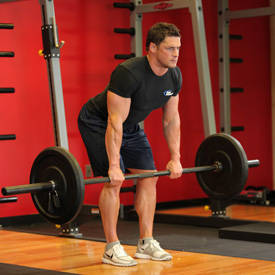
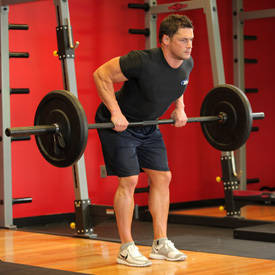
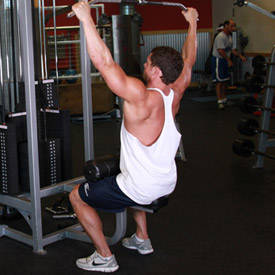
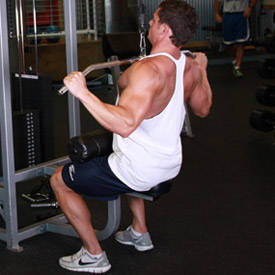

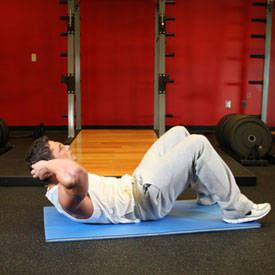
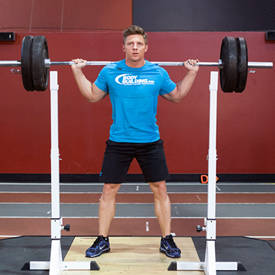

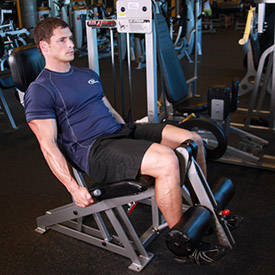
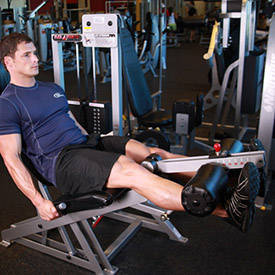
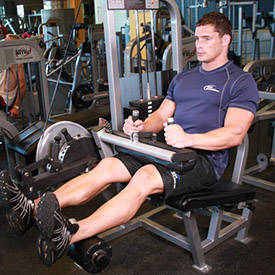
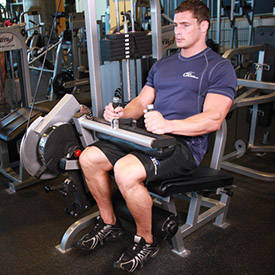
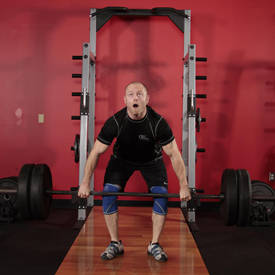
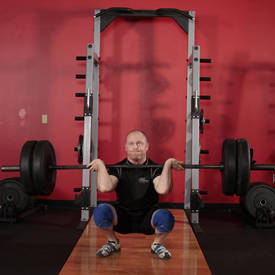
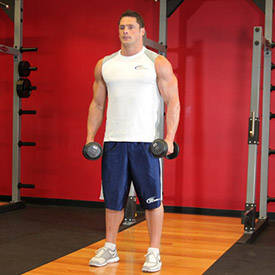
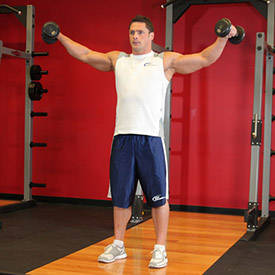

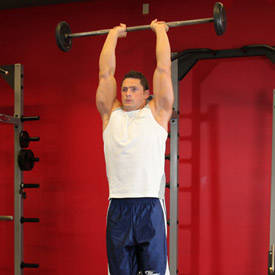
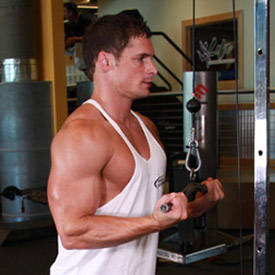
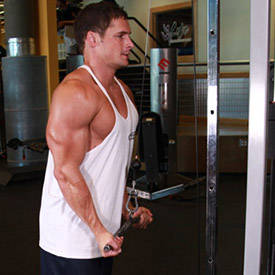
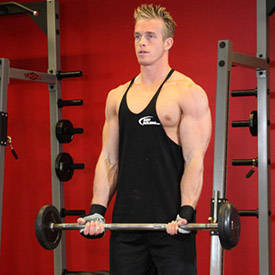
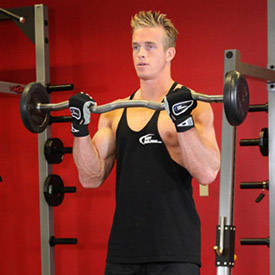
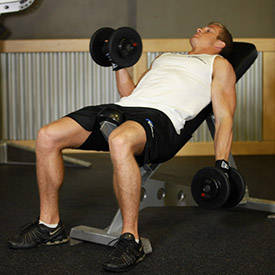
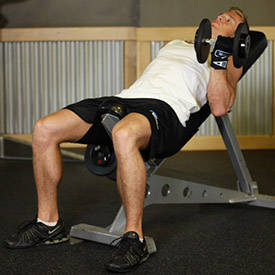
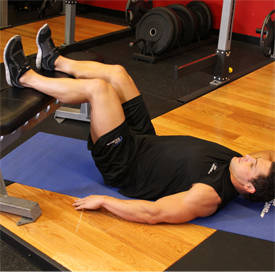
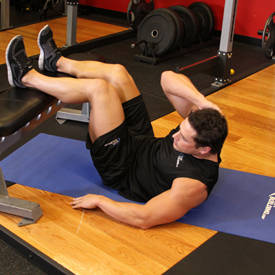


Thanks for sharing nice information. best carb supplement bodybuilding
ReplyDeleteYour blog is very nice, such useful information you are sharing. Get best carb supplement from online.
ReplyDelete